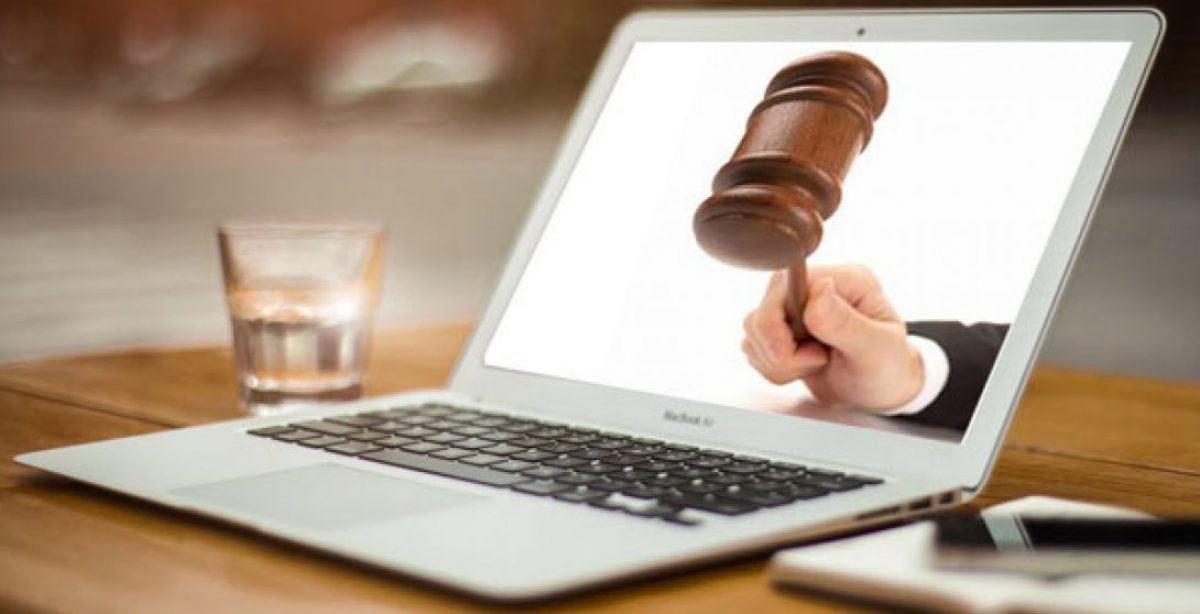Varicose veins are an usual problem that impacts countless individuals worldwide. They are inflamed and twisted veins that usually show up on the legs and can create pain, discomfort, and cosmetic issues. This post intends to give a detailed understanding of varicose veins, including their reasons, symptoms, and readily available therapy options.
Causes of Varicose Veins
Varicose veins take place when the valves in the veins breakdown, bring about blood pooling and the veins coming to be enlarged and twisted. Several aspects contribute to the advancement of varicose capillaries:
1. Household Background: Genes plays a significant role in varicose blood vessels. If your parents or close relatives have had varicose capillaries, there is a higher opportunity that you may develop them too.
2. Age: The risk of varicose veins increases with age. As people age, the blood vessels shed their elasticity, making them a lot more at risk to damage and blockages.
3. Gender: Ladies are most likely to develop varicose capillaries than men. Hormone changes while pregnant, menopause, and making use of hormonal birth control can contribute to the condition.
4. Weight problems: Being overweight or obese places extra stress on the veins, making them more prone to coming to be varicose.
5. Extended Standing or Sitting: Jobs or tasks that call for long periods of standing or resting can enhance the danger of creating varicose blood vessels.
- Professions such as nursing, training, and manufacturing facility work usually include long term durations of standing, putting strain on the blood vessels.
- Resting for extended periods, especially with gone across legs, can influence blood flow and add to the development of varicose blood vessels.
6. Deep Capillary Thrombosis (DVT): A background of deep blood vessel thrombosis, a blood clot in the deep blood vessels of the legs, can increase the likelihood of establishing varicose blood vessels.
Symptoms of Varicose Veins
Varicose capillaries can offer numerous symptoms, including:
1. Noticeable Capillaries: The most obvious indicator of varicose veins is the noticeable look of twisted, protruding blood vessels on the legs.
2. Discomfort and Pain: Several individuals with varicose capillaries experience discomfort, thickness, or aching in the affected areas. This pain may intensify after prolonged durations of standing or sitting.
3. Swelling and Edema: Varicose capillaries can cause swelling in the legs and ankle joints because of insufficient blood circulation.
4. Skin Modifications: The skin around varicose capillaries may end up being discolored, completely dry, and itchy. Sometimes, the skin can end up being slim and easily hurt.
5. Problems: In severe situations, varicose veins can result in problems such as ulcers, blood loss, and embolism.
Therapy Alternatives for Varicose Veins
Luckily, several therapy options are offered to handle varicose capillaries. The selection of therapy depends upon the severity of the problem and individual preferences:
- 1. Way of living Modifications: Making sure lifestyle modifications can aid reduce signs and protect against the worsening of varicose veins.
- Keeping a healthy weight, exercising regularly, raising the legs, and preventing extended resting or standing can promote much better blood circulation.
2. Compression Stockings: Compression stockings are specifically designed to apply stress to the legs, boosting blood flow and decreasing signs and symptoms.
3. Sclerotherapy: This non-surgical treatment includes injecting a remedy straight into the influenced blood vessels, causing them to collapse and discolor gradually.
4. Laser Therapy: Laser treatment makes use of light energy to heat and ruin the afflicted veins, slowly fading them away.
5. Endovenous Ablation: This minimally invasive procedure involves putting a catheter into the influenced capillary and using radiofrequency or laser power to shut it off.
6. Vein Stripping: In much more severe cases, medical removal of the influenced veins might be necessary. This procedure is called blood vessel removing.
Protecting Against Varicose Veins
While varicose veins might not be completely avoidable, particular steps can reduce the threat of creating them:
- Normal Exercise: Participating in normal exercise, such as strolling or swimming, can boost flow and reinforce leg muscle mass.
- Preserving a Healthy Weight: Keeping a healthy body weight decreases the pressure on the capillaries.
- Avoiding Prolonged Resting or Standing: Taking breaks and moving around routinely can assist avoid blood merging in the legs.
- Elevating the Legs: Boosting the legs above heart level for brief periods can aid enhance blood flow.
- Wearing Compression Panty Hose: Compression stockings can provide support to the blood vessels and minimize the danger of creating varicose blood vessels.
Final thought
Varicose veins are a widespread condition that can trigger discomfort and affect the lifestyle https://curasalud.mx/ for many individuals. Recognizing the reasons, signs and symptoms, and readily available therapy alternatives is essential in taking care of and stopping the progression of varicose blood vessels. By adopting a healthy and balanced way of life, looking for appropriate clinical treatments, and taking preventive measures, people can efficiently handle varicose capillaries and reduce their influence on life.

